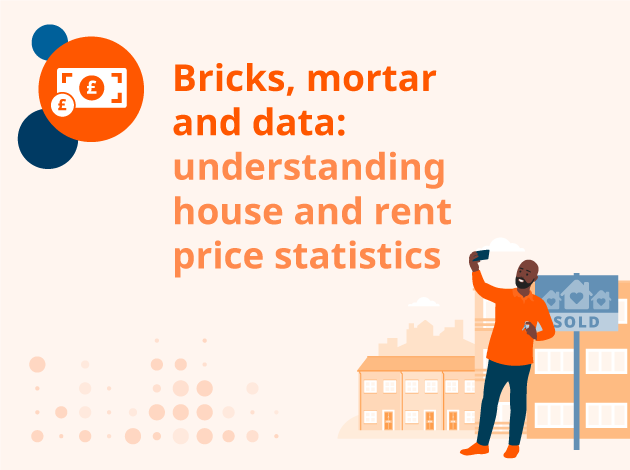Making sure Census 2031 reflects modern society

Once a decade, the census provides us with the unique opportunity to ask questions of the whole population of England and Wales. The information gathered from this monumental exercise is vital for the functioning of our society. But planning for a census is many years in the making. As Jason Zawadzki explains, first and foremost we need to ensure the topics we ask about reflect the needs of our users and meet the wider needs of society.
Read more on Making sure Census 2031 reflects modern society
